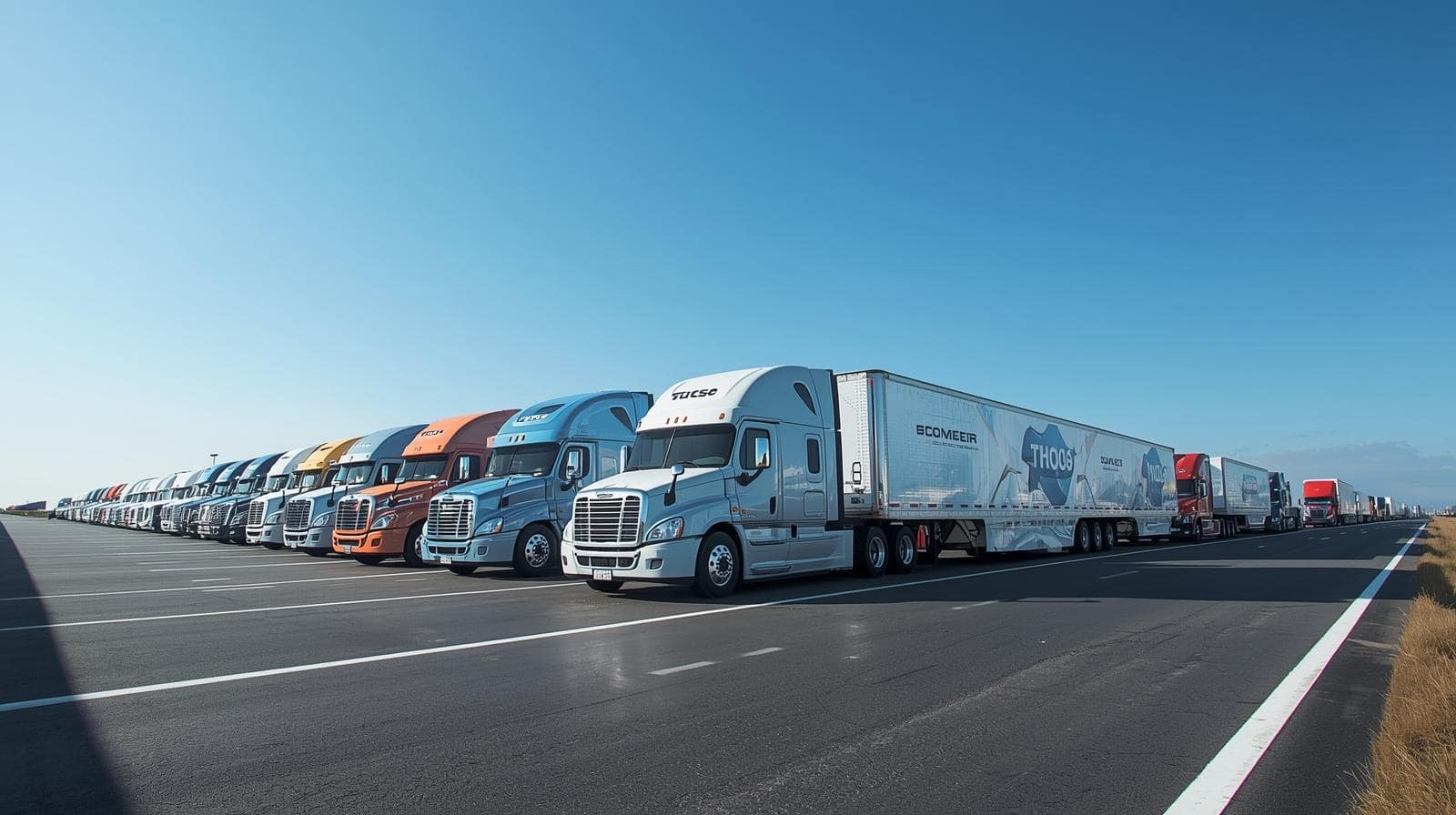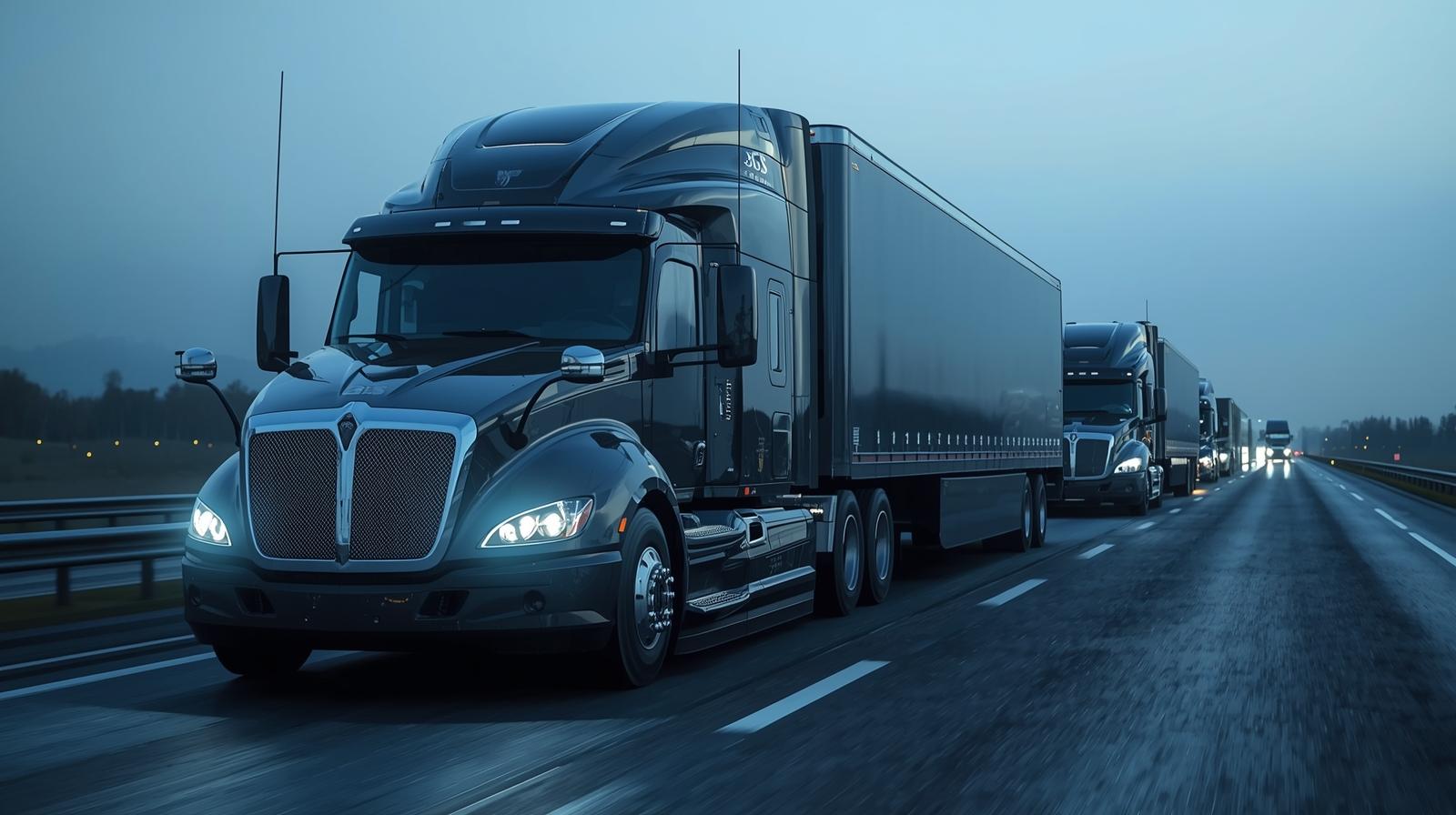Contents
If you manage a fleet – whether it’s a single truck or a thousand – the FMCSA Electronic Logging Device (ELD) mandate affects you. It has fundamentally changed how Hours of Service (HOS) are tracked and how carriers stay compliant. Understanding this mandate is crucial for keeping operations legal, avoiding penalties, and improving safety.
What Is the FMCSA ELD Mandate?
The Federal Motor Carrier Safety Administration (FMCSA) – the U.S. government agency responsible for regulating the safety of commercial motor vehicles – requires most commercial drivers who are required to maintain Hours of Service (HOS) records to use an FMCSA-registered and certified ELD.
This mandate was designed to replace traditional paper logbooks and outdated Automatic Onboard Recording Devices (AOBRDs) with a more accurate, automated, and tamper–resistant system. By doing so, the goal is to reduce driver fatigue, improve compliance, and enhance road safety.
The ELD mandate was formally introduced in 2015, began implementation in 2017, and became fully enforceable by December 2019. It applies to most interstate commercial drivers operating vehicles with a gross vehicle weight rating (GVWR) of over 10,001 pounds, those transporting hazardous materials in quantities that require placarding, and others – regardless of fleet size or the number of vehicles operated.
Who Is Exempt?
Some drivers are exempt, including short–haul operators within 150 air miles, vehicles manufactured before 2000, and driveaway-towaway operations. Temporary waivers can also be granted in special circumstances, such as emergencies.
How Do ELDs Work?
An ELD plugs into a vehicle’s engine control module (ECM) and records critical data such as:
- Engine status and vehicle movement
- Miles driven and hours of operation
- Date, time, and location
- Driver identification and authentication
To be FMCSA-approved, an ELD must be tamper-resistant, automatically record driving activity, and allow data transfer during inspections (USB, Bluetooth, or telematics).
FMCSA ELD Compliance Requirements for Fleet Owners
Fleet owners must store ELD data for at least six months, along with supporting documents like fuel receipts and dispatch records. Drivers must be trained to use the devices, handle malfunctions, and transfer logs quickly to roadside inspectors. If an ELD malfunctions, drivers can temporarily use paper logs for up to 8 days while arranging repairs.
Why Compliance Matters
The benefits of proper ELD use go beyond avoiding fines. Accurate logging reduces fatigue–related crashes, improves operational efficiency, and provides legal protection in the event of accidents. ELDs also automate time-consuming tasks like HOS tracking and help optimize routes, saving fuel and improving productivity.
Failing to comply can be costly. Penalties range from $1,000 to $10,000 per violation, with potential out-of-service orders and lasting damage to your CSA safety score, which can affect contracts and insurance rates.
Challenges and Costs
The transition to ELDs isn’t without challenges. Hardware can cost $300 – $800 per truck, plus $15 – $50 per month for service. Some drivers resist the technology, citing privacy concerns or fears of micromanagement. Technical issues – like connectivity drops or software bugs – can disrupt operations, making it vital to choose a reliable vendor with strong customer support.
Choosing the Right ELD
When selecting a solution, look for:
- Ease of use for drivers and administrators
- Real–time tracking and integration with fleet management software
- Mobile app support
- Transparent pricing with no hidden fees
- 24/7 customer support
Leading providers like Samsara, KeepTruckin (Motive), Omnitracs, and Garmin offer various options, each with different strengths.
Preparing Your Fleet for Compliance
Successful ELD adoption requires planning. Build an implementation roadmap for device installation, driver training, and policy updates. Use ELD analytics to monitor compliance progress and address recurring issues. Workshops can help drivers understand how the technology benefits them, reducing resistance.
Looking Ahead
ELDs are evolving beyond compliance tools. Expect AI-powered analytics, predictive maintenance features, and deeper integration with other fleet systems. Staying informed on regulatory updates and leveraging ELD data for route optimization, fuel efficiency, and performance tracking can give fleets a competitive edge.
Bottom line: The FMCSA ELD mandate isn’t just another regulation – it’s an opportunity to enhance safety, efficiency, and accountability in your fleet. The sooner you embrace it, the smoother your operations – and the safer your drivers – will be.
FAQ
1. Are there free ELD options?
Some vendors offer free or low-cost plans, but they usually lack advanced features.
2. What if my ELD malfunctions?
Switch to paper logs for up to 8 days and schedule immediate repairs.
3. Can ELD data be used in legal disputes?
Yes. It often provides valuable evidence in investigations and lawsuits.
4. How do I confirm my ELD is FMCSA-certified?
Check the official FMCSA registry for an up-to-date list of approved devices.
5. Do I still need supporting documents with an ELD?
Yes. Fuel receipts, dispatch records, and other supporting documents remain part of compliance requirements.












